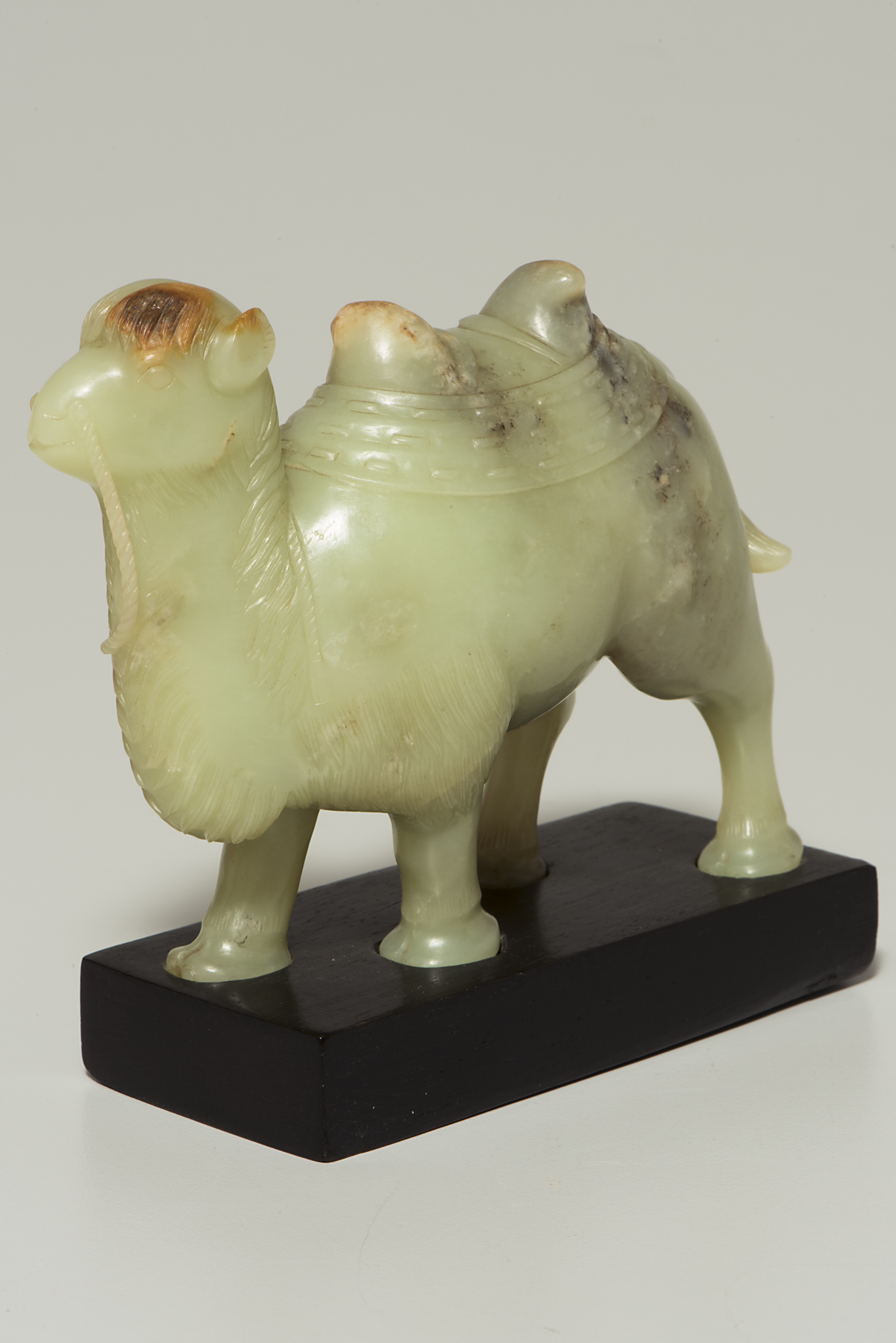jade figure of standing camel, unknown maker from China
Artwork Overview
jade figure of standing camel
, Qing Dynasty (1644–1911)
Where object was made: China
Material/technique: jade; wood; nephrite; staining
Credit line: Gift of Arthur S. Johnson and Helen Marcy Johnson
Accession number: 1979.0010.01
Not on display
If you wish to reproduce this image, please submit an image request


